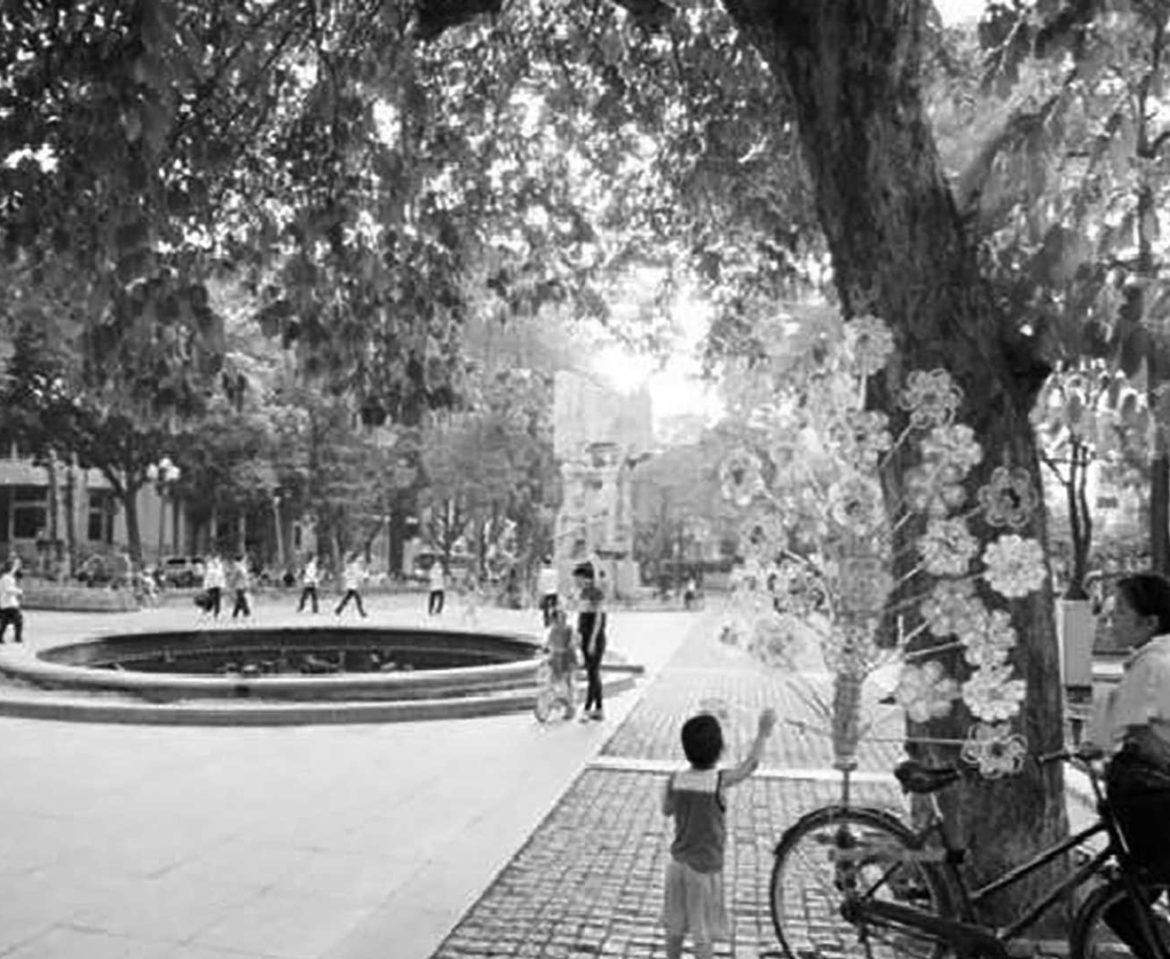The distinctions between landscape urbanism, eco-cities and green cities.
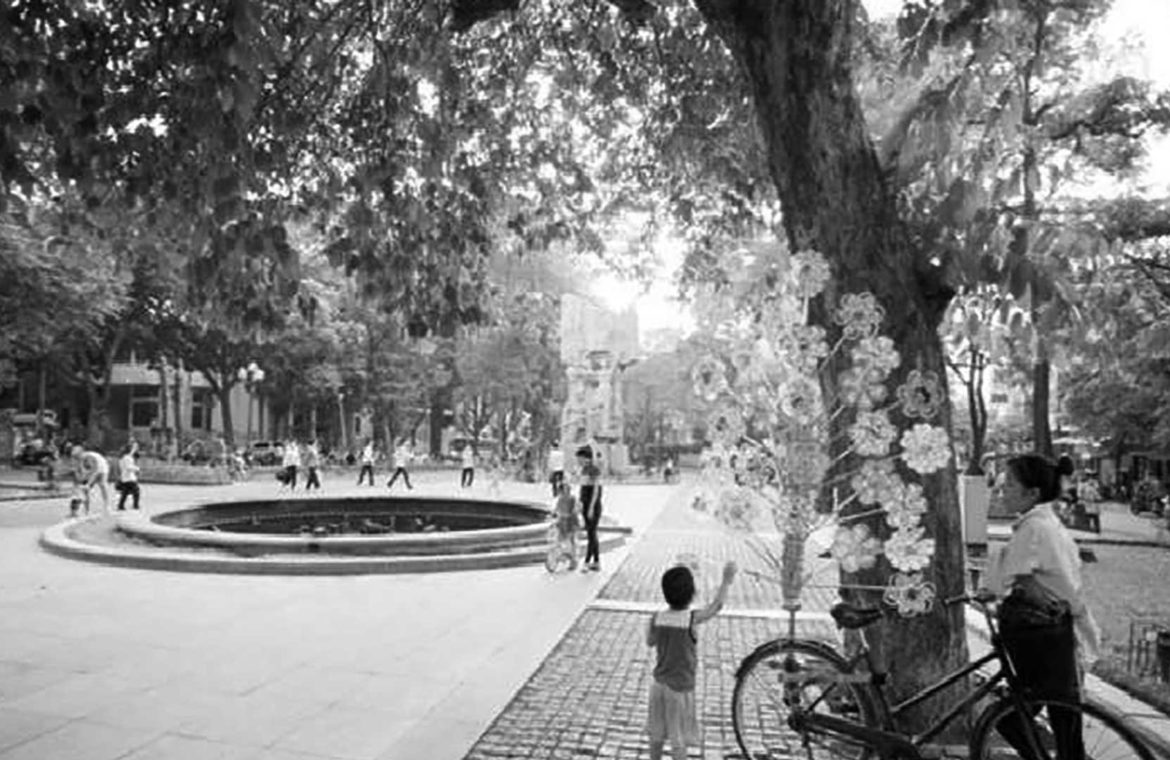
Introduction
The world’s population is growing over the years, in 1959 the world’s population was 3 billion and increased to 6 billion in 1999, it doubled up in 40 years’ time The number estimated for 2050 is almost 10 billion after it reached 7 billion in 2016.
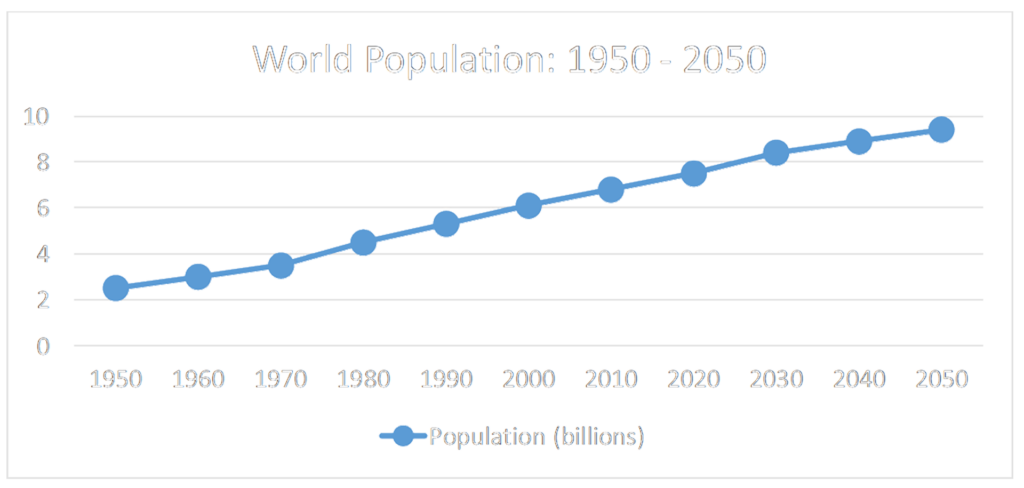
This increase in population led to continual migration from rural to urban areas, as people look for better lifestyle and opportunities. As a result, this migration is causing a great pressure on cities and the environment. The increased number of cities and people causes a great burden on earth’s resources, especially energy, water, and the greenery. In addition to the emerging pollution problems caused by people and industry. Cities started to feel the devastating impact of the growing problem over time, as for decades we have been relying on our existing limited resources with very little actions towards saving them and finding alternatives.
Luckily, things have changed recently, with architects, planners, and urban designers around the world calling for new types of urbanism that can help face the environmental crisis, we should look at the problems of the earth and its recourses as an opportunity to innovate based on conclusions and not only knowledge.
The area of ecological urbanism could be defined as the urbanism that has the capacity to incorporate and accommodate the inherent conflictual conditions between ecology and urbanism (Mostafavi, 2010).
According to Susannah Hagan: “The physical configuration of cities has ones again become as important as any of its non-material ‘flows’, for it houses these flows, facilitates or impedes them. The dream of cities that are artificial ecologies, not just metaphorically but literally, surely holds ‘unlimited’ possibilities for invention and ambition in design” (Hagan, 2015).
Landscape urbanism, eco cities and green cities are parts of ecological urbanism. They all share the same values such as green planting, ecology, sustainability, wellbeing, and green living. These values simply mean that we should be environmentally friendly and live a lifestyle that does not harm the ecosystem, with an awareness about global warming and the well-being of all creatures. However, the differences become more visible when comparing landscape urbanism to eco cities and green cities.
Landscape urbanism
The term landscape urbanism has many definitions as urbanists mostly have different points of view regarding this newly named practice. The term was first mentioned in 1994 by Peter Connolly, in his master’s thesis, as per Hagan’s book ‘ecological urbanism: design with nature’. However, it was first officially introduced by Charles Waldheim at the Graham foundation, Chicago in 1997, as he claimed that the landscape architects are the organisers of the organiser, he was referring to the horizontal plane as the organiser of the urban space. (Hagan, 2015).
According to Waldheim: “landscape urbanism offers an implicit critique of architecture and urban design’s inability to offer coherent, competent, and convincing explanations of contemporary urban conditions. In this context … landscape supplants architecture’s historical role as the basic building block of urban design.” (Hagan, 2015)
Yet, Hagan did not agree with this definition, she claimed that landscape urbanism is not building blocks, but usually this newly named practice is done in open lands. Moreover, it is mostly related to dealing with industrial waste lands. Therefore, it is connected more to landscape than being related to urbanism. “landscape is not building blocks. This is why the work of landscape urbanism is done where there is open land mostly in the interstices of transport infrastructure, in post-industrial wastelands, in old landfill sites, at the indeterminate edges of cities.” (Hagan, 2015)
On the other hand, we are living in a world that is presenting a massive density, and landscape urbanism in my point of view is trying to understand this complexity to find physical solutions and work hand in hand with other disciplines to overcome these problems.In addition to creating new urban spaces within our cities that contributed to the cultural and natural territory. Nevertheless, landscape urbanism is more suitable for small scale urban areas rather than large scaled cities, which will continue to develop over time makeing it difficult to contain.
Landschaftpark
Landscape urbanism incarnated in Landschaftpark in Germany which was designed by Peter Latz. Landschaftpark is a transformation of an industrial site to a multifunctional public park. Since 1989 till 2002, the park was developed on a 230-hectare land, over a period of thirteen years. This amazing park design was guided by the principles of sustainability and ecology, and it demonstrated the significant power of recycling and reusing demolished structure. It is a strong example of the ability of treating debris on site and demonstrating a creative overall design. The park consisted of many layers, each of them has its own design elements which are functioning independently as park features, and are designed in a harmony with the surrounding elements, transforming an exceptionally complex site to a human scale park.
The main elements of the park are, a railroad park which used to be a manmade topography of an old rail-beds, a new paved walk and footbridges, grouped trees forming woodlands, fields of plants near water parks at its lowest level. In addition to a number of unique memorable places that add special character to the place and secret hidden gardens. In the centre of the park lays a huge plaza which is usually used for different sort of events and a central Blast Furnace park that has elevated observation platforms.
49 recycled iron plates which weighs between seven and eight tons were arranged in a form of a square to define a plaza to give it a complete industrial environment. The park has become one of the big attractions to the surrounding people of Duisburg, many activities took place in the park such as hiking, cycling, social gatherings and cultural events.
The success of this project was based on the uniqueness of the idea of reusing the individual structures that existed before. For instance, the Gasometer (a former gas tank) was filled with water and became the world’s biggest indoor diving centre. Also, the rugged concrete container formed a great facility used for rock climbers training. Another reason of success was the decision of Peter Latz to convert the park from industrial channel regardless of the different advice proposed by the conservationists and other groups.
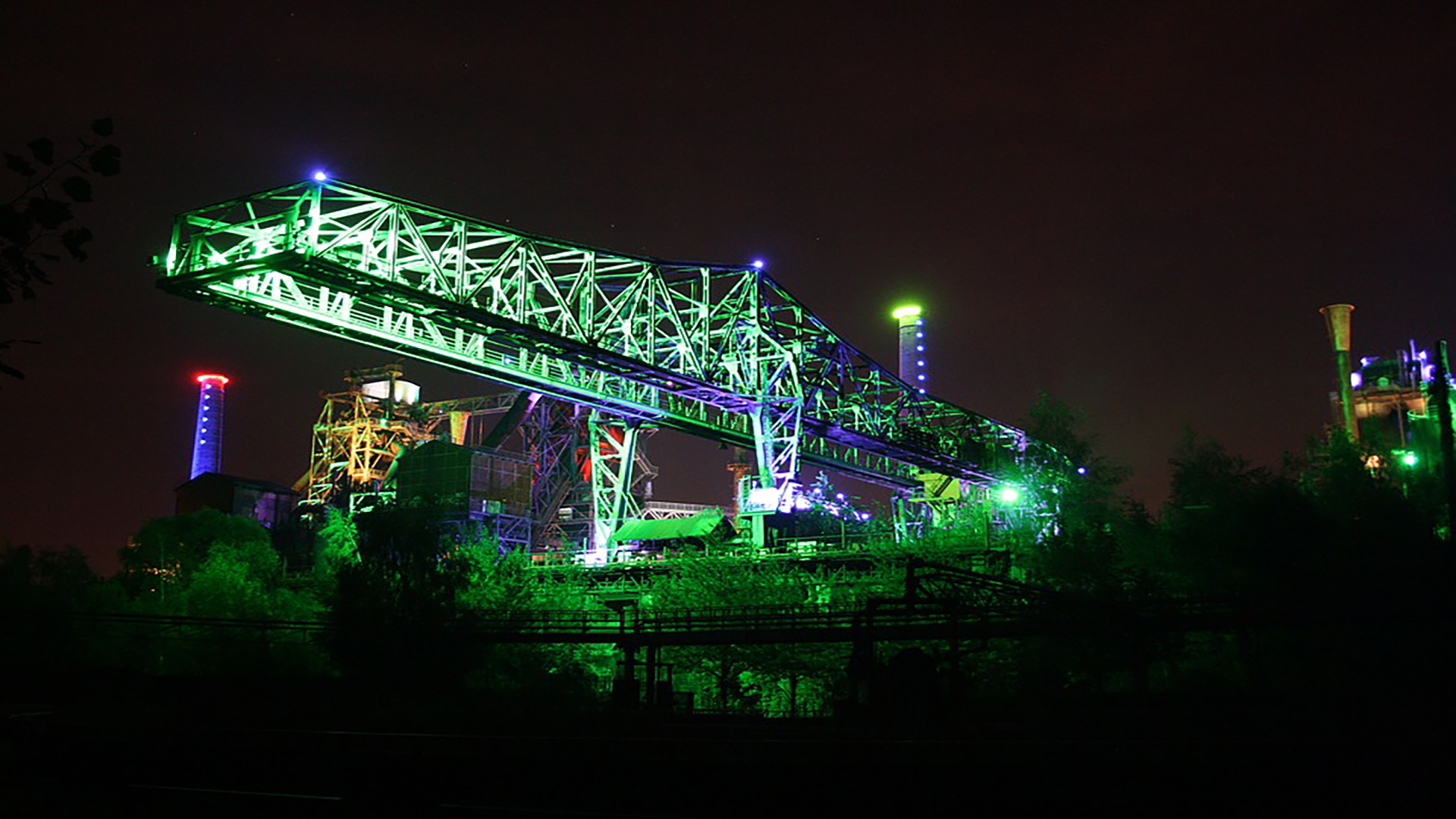
Eco cities
Eco cities are known as economic cities or ecological cities too, since they refer to the eco square (economy and ecology sustainability). Eco cities were first stated generally to the type of cities that are designed with harmony and balance with nature. The term itself first appeared in the 1970s, and it was originally used by the Urban Ecology movement which was based in the US, California. The Urban Ecologist journal that was launched by the same group, introduced the eco city as “an ecological healthy city. That also means the city design in strongly informed by knowledge of ecology and its design principles.” (James, 2012). Shortly after that in 1992 the eco city was defined as a place where generally citizens can interact freely and safely walk, and can cycle. Moreover, according to Hagan’s book, in the twentieth century eco cities emerged to be seen as the reason and the solution to our impact on the environment, and people. However, in 2010 Simon Joss used the term eco developments to describe all efforts to make settlements less environmentally damaging. Still, he points out that the term eco city is yet to be defined as it causes lots of confusion in the field of urban design. Eventually, what distinguishes the eco cities from other urban forms of development is the focus on maintaining the lowest level of environmental impact.
On the other hand, people in existing cities has developed habits which becomes difficult to get rid of. For instance, it will be difficult to stop using cars, start recycling or even install solar panels. However, moving people to new developments that integrate zero carbon alternatives will get them to adapt with the new efficient facilities such as cycling, water recycling, waste management and 100% renewable energy. This will allow the development of new sustainable habits while they have no other option. Even though, it does sound rough, it did prove efficiency in several occasions. For sure, there are some exceptions, such as Singapore eco city, which was integrated by a cooperation between Singapore and Chania, giving a very good example of an eco-city. Where instead of having small scale project the hall city was an appropriate site to install bio friendly features and facilities, powered rails, white power, rain water collection, waste water treatment, and eco valley.
In my point of view, we are moving towards a world which is running out of energy (as we know it nowadays) and other types of resources, and we are facing the problem of people migrating to big cities which causes more pollution and global worming problems. This puts us in a situation where we have to choose between expanding existing cities which will produce more pollution in return or finding new solutions such as new cities and towns.
The advantages of creating new cities are that they can be eco-friendly, designed to reduce the damage on the environment. The new cities should be self-reliant and encourage people to inhabit and not just as work opportunities. We should learn from the mistakes made in built eco cities such as Masdar, which is considered as an eco-city in Abu Dhabi. The city was designed by Foster and Partners under the supervision of Sheikh Khalifa bin Zayed. It can accommodate up to 40,000 people and 1,500 businesses. Masdar is constructed outside Abu Dhabi and uses advanced technologies in addition to being 100% powered from renewable energy sources, Solar panels, wind farms, and the world largest hydrogen power plant.
However, up to 50,000 people will be commuting to Masdar for work by cars due to the fact that, the city is located outside Abu Dhabi and the city’s solar-powered public transport does not function outside Masdar’s walls. The city is climatically ideal as it is protected of the desert heat by a 6 Km hybrid walls. According to Hagan, even though the city is climatically ideal still it is not a city as it is a market for sustainable technologies enhanced by Abu Dhabi.
On the other hand, Auroville eco-city has proven its efficiency for being successful and unique. It is a self-described ‘city of the future’ and it is known as the city the earth wants too. The city is designed by the French architect Roger Anger, and it is owned by the Indian government. The city had been endorsed by the UNESCO in 2009 as a community that symbolises UNESCO’s main values. Those values condense into peace, international harmony and the spirit of mutual respect and sustainable development.
Green cities
Green cities symbolise the eco-city to an extent, but with more awareness to the bioregionalism concept. In other words, is is a cultural, political, and ecological system that should be integrated to the eco cities, as human are mostly related to natural space rather than any other limit. Green cities have the principles of encouraging the people to live a sustainable life by being aware of the importance of recycling, cycling, using the public parks, planting the open spaces and roofs, using the public transport more often, waste management, and high water quality standards, to become greener and environmentally friendly. In addition, there is a small difference between green cities and living green cities, as the first term is in scale of a city while the second term comes in a smaller scale which could be a house roof or a green wall.
Green cities are also defined as cities that implement environmentally friendly approaches and enhance the quality of sustainable economy, mobility, urban development, energy and citizen commitment.
Freiburg
Freiburg in Germany, is a green city with approaches to sustainability that have proven efficiency as the city has achieved the aims of compact and sustainable city at ones. Freiburg became a model for cities and communities across the globe, demonstrating the fact that green cities are mostly a transformation of existing cities to sustainable cities under a green label. The city named itself as the world leader in using solar panels as a source for its energy supplies. Establishing advanced solar technology in addition to being socially wideranging, and a zero-carbon approach to urban development. Moreover, it is a living example for bringing green planting into every part of a city. “What is remarkable about Freiburg in the context of this book, however, is spatial. Long before Arup’s Dongtan, Freiburg designed and realised a version of ‘the sustainable city’ that is a remarkable synthesis of Howard’s Social City (a central city with satellites), a linear city (the bio-corridors of the city’s star shape) and a Compact City (a central city allowed to grow only on its existing footprint, or decant into satellites).” (Hagan, 2015)
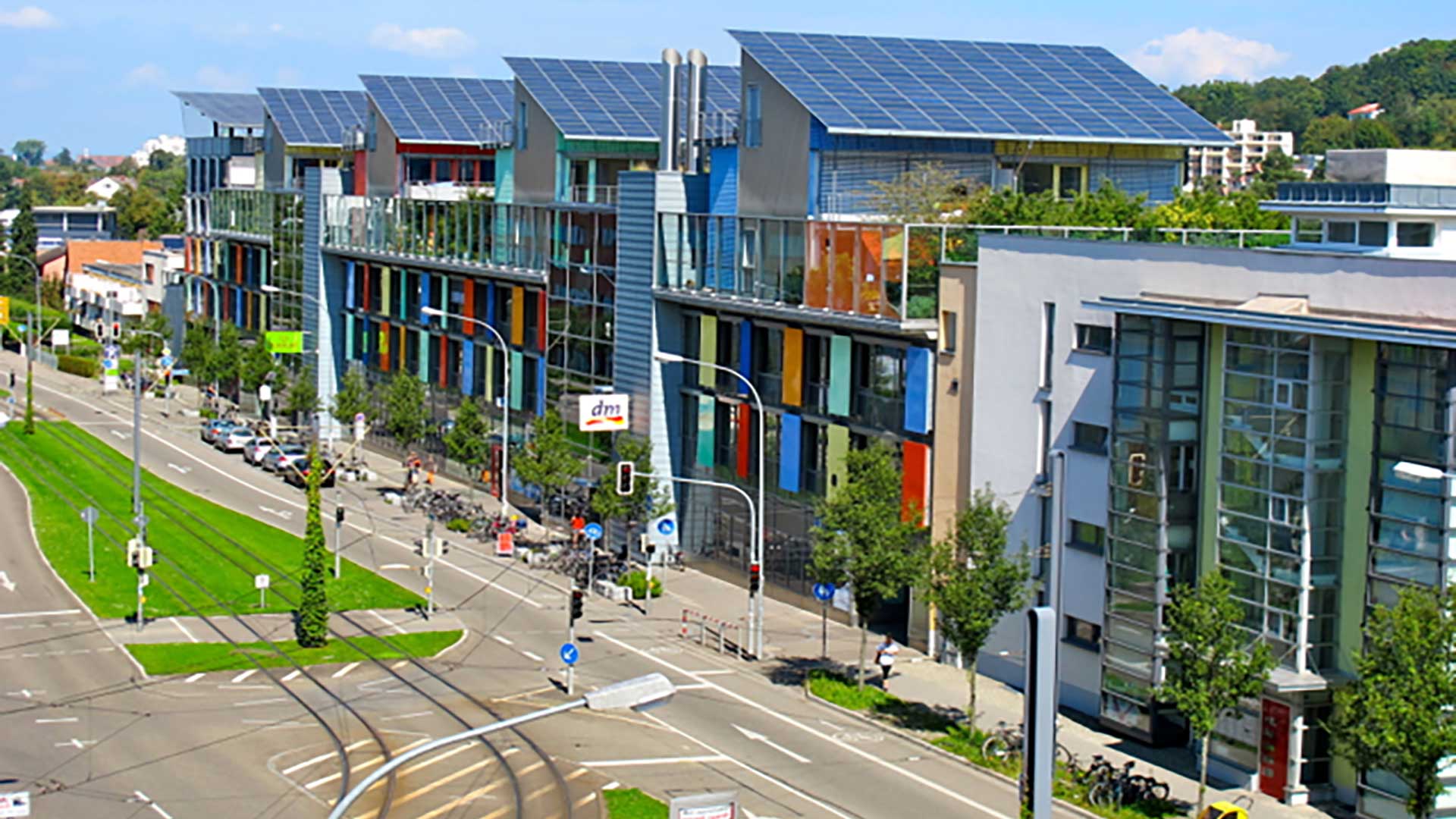
Conclusion
Landscape urbanism can provide a solution to tackle the different complex urban conditions such as infrastructure, water management, biodiversity and human activity. Eco and green cities have proven similarity in many occasions. However, eco cities are more about establishing new smart technologies that are eco-friendly and designing new cities from scratch with strict rules and bio friendly concepts Whereas green cities teach us how to deal with what we already have and how to transfer the elements surrounding us to environmental friendly elements, in addition to looking for new energy sources and more sustainable equipment’s to live a healthier life.
Eventually, Landscape urbanism, eco cities and green cities are all different terms that have been developed over the years. What is important is the values and benefits they bring to our way of thinking, designing and fixing the damage caused by our race.
Facts such as sustainable cities, suitable economy, sustainable way of living sustainable communities, renewable energy and green landscapes should be considered in any city planning to overcome the environmental crises and the increase of population. Those techniques have proven their effectiveness as demonstrated in the examples in this essay.
References
Freiburg Im breisgau, n.d. Freiburg green city. [Online] Available at:planning.cityenergy.org.
Hagan, S., 2015. Ecological Urbanism: the nature of the city. first ed. Abingdon: Routledge.
James, H., 2012. ECO-CITIES – WHO, WHAT, WHERE AND WHY?. [Online] Available at: www.leekuanyewworldcityprize.com
Mostafavi, M., 2010. Why Ecological Urbanism? Why Now?. In: M. Mostafavi, ed. Ecological Urbanism. s.l.:lars Muller, p. 656.
Places Journal, 2005. Landschaftspark Duisburg Nord – Duisburg, Germany. [Online] Available at: placesjournal.org
Waldheim, Charles,2006. THE LANDSCAPE URBANISM READER. first ed. Princetion: New York.
Gray, C., 2011. Landscape Urbanism: Definitions & Trajectory. [Online] Available at: scenariojournal.com

